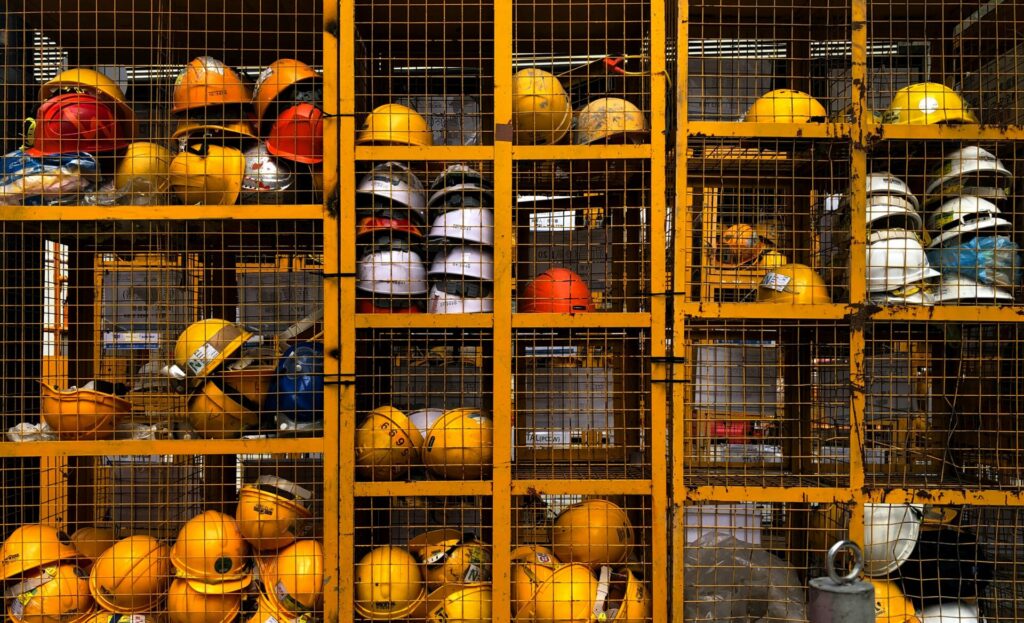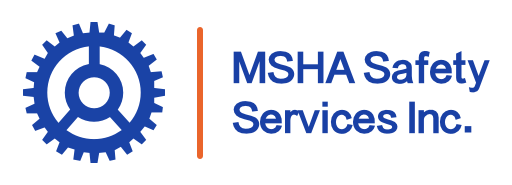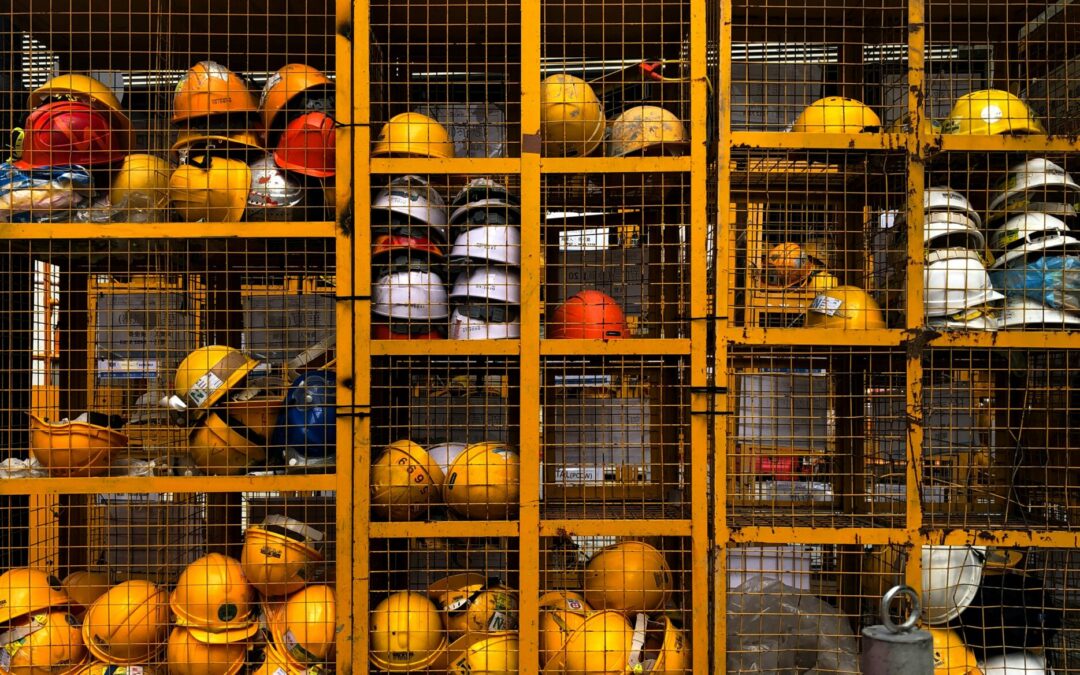In the high-stakes and often hazardous world of mining, safety is paramount. The mining industry presents numerous risks to workers, from exposure to harmful substances to the dangers posed by heavy machinery. Recognizing the critical need for safety, the Mine Safety and Health Administration (MSHA) was established to enforce regulations that protect miners and promote a safe working environment.
Understanding the role of MSHA and its regulatory framework is essential for any mining operation that prioritizes the well-being of its workforce and the continuity of its business–let’s break it down.
Key MSHA Regulations to Know
A fundamental aspect of keeping mining operations safe is sticking to key MSHA Regulations. These regulations, outlined in various parts of the Code of Federal Regulations (CFR), form the backbone of mine safety practices. For instance, Health and Safety Standards (30 CFR Part 56 & 57) dictate the safety measures that must be in place to protect workers in surface and underground metal and nonmetal mines.
Additionally, Training Requirements (Part 46 & 48) ensure that all miners receive proper training to recognize and respond to potential hazards. Finally, Recordkeeping and Reporting (Part 50) mandates that mining companies maintain accurate records of all incidents–accidents, injuries, illnesses, and fatalities–to ensure transparency and accountability.
The Consequences of Non-Compliance
Failing to comply with MSHA regulations can have severe repercussions, and the legal and financial penalties associated with non-compliance can be crippling for a business. Companies that ignore these regulations may face hefty fines, legal action, and even operational shutdowns. Take Peabody Energy, for instance. In 2014, this major mining company was hit with a staggering $1.4 million fine for serious safety violations, including lapses in training and unsafe working conditions.
And it doesn’t stop there—Alpha Natural Resources felt the sting even more intensely, when they were faced with a jaw-dropping $27.5 million fine in 2015 for a range of infractions across multiple mines.
These cases highlight just how critical it is for mining companies to prioritize safety. And beyond the financial impact, non-compliance can tarnish a company’s reputation, making it difficult to attract and retain skilled workers.
Impact on Worker Safety
At the heart of MSHA’s mission is the protection of workers. Non-compliance directly affects worker safety, increasing the likelihood of accidents, injuries, and fatalities. For instance, a failure to follow safety protocols might lead to a mine collapse, putting countless lives at risk. When safety standards are ignored, it creates an environment where danger becomes an ever-present threat.
On the flip side, adhering to MSHA regulations not only prevents such tragedies but also fosters a culture of safety where workers feel valued and protected. This supportive work environment allows workers to focus on their tasks with confidence rather than fear.
Reputation and Operational Risks
Ignoring MSHA regulations doesn’t just endanger lives; it also poses significant reputation and operational risks. When a company fails to prioritize safety, it can suffer long-term damage to its reputation, leading to loss of business and also difficulty in hiring and maintaining quality workers. Beyond the reputational hit, safety violations can cause significant operational disruptions, affecting everything from productivity to financial performance. In the long run, these issues can threaten a company’s viability and overall success–which isn’t a risk ever worth taking.

Why Continuous Training Matters
Regular, ongoing training is crucial to maintaining compliance and ensuring safety. Continuous training keeps workers informed about the latest safety practices and MSHA updates. It refreshes important principles and reinforces safety protocols, making them second nature to all employees. But it’s not just about checking a compliance box– continuous training boosts worker morale, increases productivity, and enhances retention rates. Engaging programs like MSHA Safety Services provide the necessary training to keep workers safe and operations running smoothly. In short, it’s an investment you’ll always see a return on.
Six Steps to Staying MSHA Compliant
Maintaining compliance with MSHA regulations requires a proactive approach. Here are six steps to staying MSHA compliant:
- Develop a Comprehensive Training Program: Regularly update safety plans and protocols to reflect the latest regulations and best practices.
- Provide Mandatory Training for All Employees: Emphasize the importance of quality training and leverage technology to enhance learning experiences.
- Conduct Regular Internal Inspections and Audits: Identify and rectify potential safety issues before they lead to violations.
- Maintain Detailed Records and Documentation: Ensure all safety-related activities are thoroughly documented and easily accessible for audits.
- Engage and Involve Employees in Safety Practices: Foster a culture where safety is everyone’s responsibility.
- Stay Informed and Utilize MSHA Resources: Regularly review updates from MSHA and use their resources to stay compliant.
How to Measure Success in MSHA Compliance
Measuring the effectiveness of your training and safety programs is essential for continuous improvement. Identify Key Performance Indicators (KPIs) such as accident rates, compliance audit results, and worker feedback to gauge success. Conducting post-training assessments and continuously seeking feedback will help you identify what’s working and what isn’t.
Strengthening Mine Safety Through MSHA Compliance
Creating a safe working environment in the mining industry demands a thorough grasp of MSHA regulations and a relentless commitment to improvement. Adhering to MSHA standards not only protects workers, but also secures the integrity of operations and preserves a company’s reputation. By prioritizing regular training, embracing proactive compliance measures, and fostering a robust safety culture, mine sites can set themselves up for success. Still not sure where to start? Reach out to an MSHA Safety Services expert today.
Stay Compliant with MSHA Regulations
Ensuring a safe working environment in the mining industry requires a deep understanding of MSHA regulations and a commitment to continuous improvement. By adhering to MSHA standards, companies not only protect their workers but also safeguard their operations and reputations. Regular training, proactive compliance measures, and a focus on safety culture are key to thriving in the mining industry.

